What Classifies a Pistol?
Is Your AR a Pistol?
When most people hear the word pistol, they picture a compact, semi-automatic handgun designed to be concealed in your waistband and be fired with one hand. That image isn’t wrong—but legally, the definition of a pistol is more specific than most realize. Understanding what qualifies as a pistol under U.S. law is especially important when dealing with modern firearms like AR-platform builds, which can sometimes be classified as pistols even though they look like rifles. This classification impacts everything from how a firearm can be purchased to how it can be legally carried and configured.
In this article, our team at Next Level Arms is going to break down exactly what defines a pistol, explain why certain AR-style firearms fall into that category, and highlight the key differences between AR pistols and rifles.
What Legally Defines a Pistol?
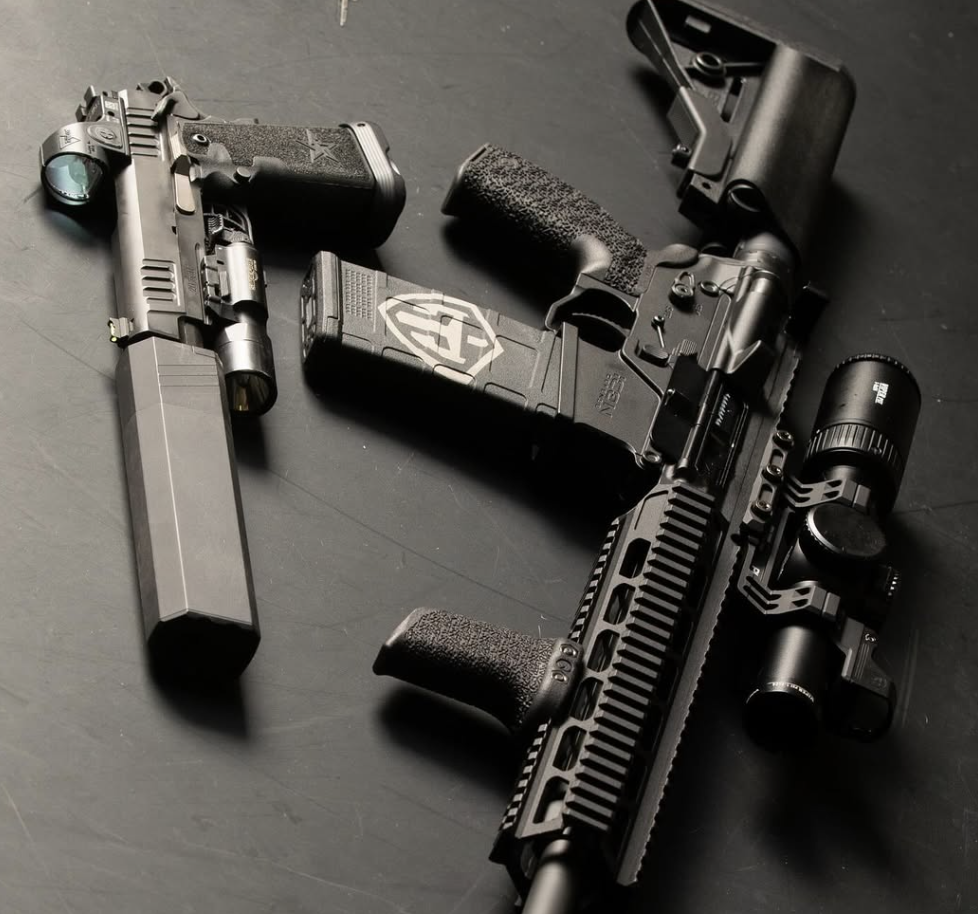
The legal definition of a pistol is established by the Gun Control Act of 1968 (GCA) and enforced by the Bureau of Alcohol, Tobacco, Firearms and Explosives (ATF). According to the ATF, a pistol is:
“A weapon originally designed, made, and intended to fire a projectile from one or more barrels when held in one hand, and having a chamber as an integral part of, or permanently aligned with, the bore.”
From this definition, we can identify several key features that classify a firearm as a pistol:
-
Designed for One-Handed Use:
Pistols are intended to be fired with one hand, although in practice, most shooters use two hands for better control and accuracy. -
Integral Chamber and Barrel Alignment:
The chamber is built directly into the barrel assembly and aligned with the bore. This design feature differentiates pistols from some older firearms with separate chambers or revolving cylinders. -
No Shoulder Stock:
A crucial distinction: pistols do not have a shoulder stock. Adding a stock changes how the firearm is intended to be fired and can legally change its classification to a rifle or a short-barreled rifle (SBR). -
Overall Size and Barrel Length:
While there’s no maximum length defined in the law, pistols are generally shorter in overall length and have shorter barrels than rifles.
How a Rifle Is Defined – And Why It Matters
To understand why some AR-platform firearms are pistols, it’s helpful to contrast them with rifles. The GCA defines a rifle as:
“A weapon designed or redesigned, made or remade, and intended to be fired from the shoulder and designed to use the energy of an explosive in a fixed metallic cartridge to fire a single projectile through a rifled bore for each pull of the trigger.”
Here, two key elements distinguish a rifle from a pistol:
-
It is designed to be fired from the shoulder.
-
It has a stock for that purpose.
If a firearm is built with a shoulder stock and a barrel length of 16 inches or more (and an overall length of at least 26 inches), it is classified as a rifle. If the barrel is less than 16 inches and the firearm has a shoulder stock, it becomes a short-barreled rifle (SBR) — a category regulated by the National Firearms Act (NFA) and requiring additional paperwork, taxes, and background checks.
Why Some AR Platforms Are Classified as Pistols
At first glance, an AR pistol and an AR-15 rifle can look almost identical. Both use the same basic receiver design, magazines, and controls. The difference comes down to how the firearm is built and configured.
Here’s why certain ARs qualify as pistols:
-
No Shoulder Stock Installed:
An AR pistol uses a pistol buffer tube or a stabilizing brace instead of a traditional rifle stock. Since it isn’t designed to be fired from the shoulder, it retains pistol classification. -
Shorter Barrel Length:
AR pistols typically have barrels shorter than 16 inches. Common lengths range from 7.5 to 12.5 inches, making them compact and maneuverable. -
Receiver Designation:
If the firearm’s lower receiver was originally built and sold as a pistol receiver (or as a stripped receiver never previously assembled into a rifle), it can legally be assembled into a pistol. -
Overall Length Considerations:
Many AR pistols are under 26 inches in overall length. Even when they exceed that measurement, the lack of a stock means they’re still pistols under federal law.
What About Stabilizing Braces?
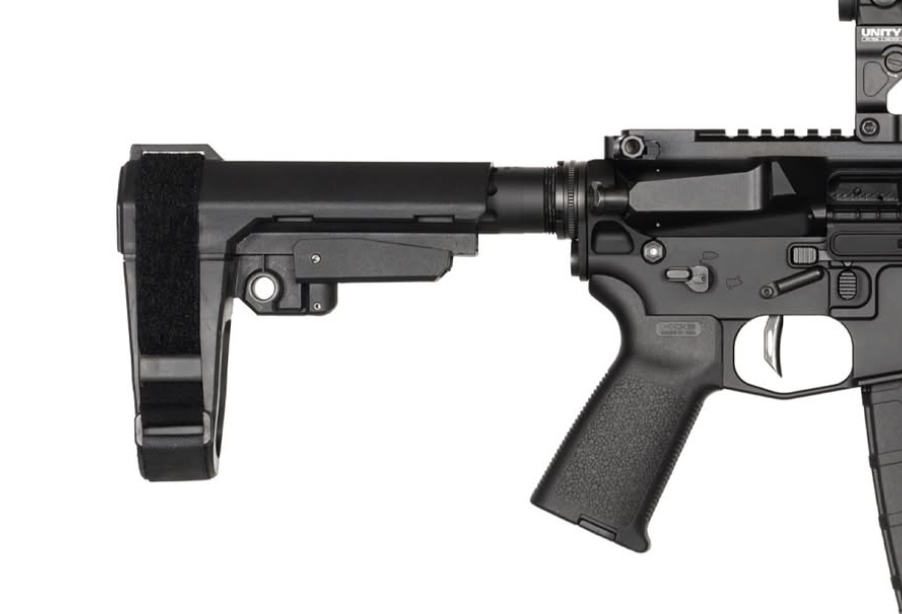
One of the most debated aspects of AR pistols is the use of stabilizing braces. These devices were originally designed to help shooters with disabilities fire AR pistols more safely by strapping the firearm to the forearm. Because a brace is not a shoulder stock, its use does not automatically reclassify the firearm as a rifle — though legal interpretations have evolved over time.
The ATF has issued various rulings over the years on braces, and as of 2025, the legal landscape continues to evolve. Shooters should always check the latest ATF guidelines before building or purchasing an AR pistol with a brace.
Key Advantages of AR Pistols
AR pistols have grown in popularity for several practical reasons:
-
Compact Size: Their shorter barrels and lack of a stock make them easier to maneuver in confined spaces, ideal for home defense or vehicle use.
-
Lighter Weight: Reduced size often translates to a lighter firearm, improving handling and portability.
-
Versatility: Many AR pistols can be customized with optics, lights, and accessories just like their rifle counterparts.
-
Avoiding NFA Requirements: As long as they remain pistols, these firearms do not require the tax stamp, paperwork, or waiting periods associated with SBRs.
Legal Considerations to Keep in Mind
While AR pistols offer unique benefits, firearm owners must remain mindful of legal nuances:
-
Reconfiguring a Pistol: Adding a shoulder stock to an AR pistol without first registering it as an SBR is a serious federal offense.
-
Interstate Travel: Laws on AR pistols can vary by state. Some states impose additional restrictions on barrel length, braces, or overall configuration.
-
Future Regulation: Because AR pistols exist in a gray area of firearms law, they are often the focus of regulatory attention. Always stay informed of current federal and state laws.
Final Thoughts: Why Classification Matters
Understanding what classifies a firearm as a pistol isn’t just a matter of semantics — it’s essential for staying compliant with federal law and ensuring you’re building or buying firearms legally. A firearm’s classification determines how it’s regulated, how it can be carried, and what modifications are permitted.
AR pistols, despite their rifle-like appearance, fall into the pistol category because they lack a shoulder stock and are designed to be fired without shouldering. This classification makes them a popular choice for shooters seeking a compact, versatile firearm without the added regulations of an SBR.
As firearm technology and regulations evolve, staying educated on definitions like these is critical. Whether you’re building your first AR pistol or simply exploring new firearm options, understanding the legal distinction between pistols and rifles ensures you stay on the right side of the law — while getting the performance and flexibility you want.
Be sure to check out Next Level Armament and follow us on Instagram!

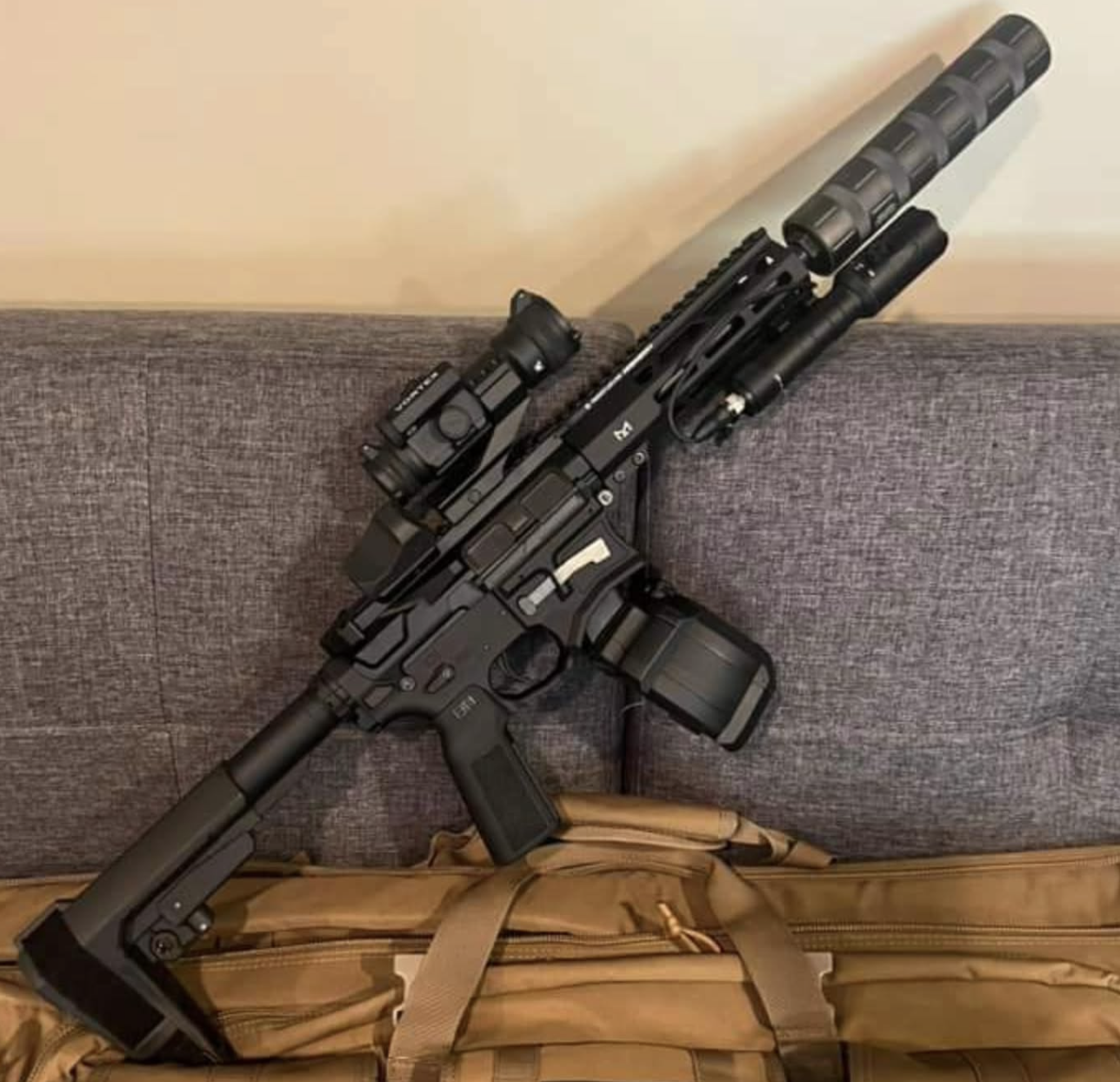
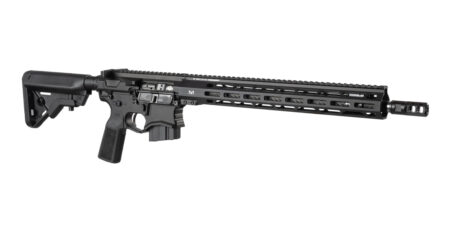

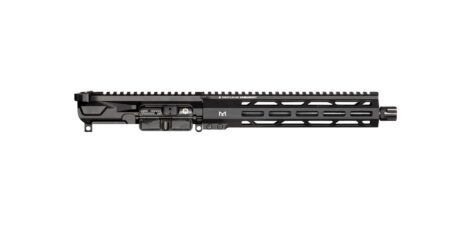
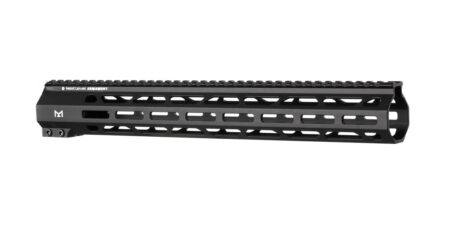
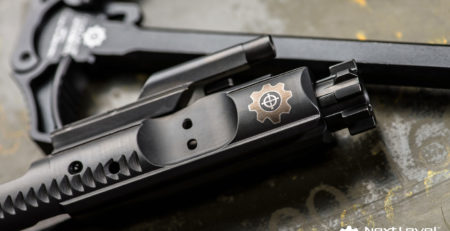

Leave a Reply
You must be logged in to post a comment.